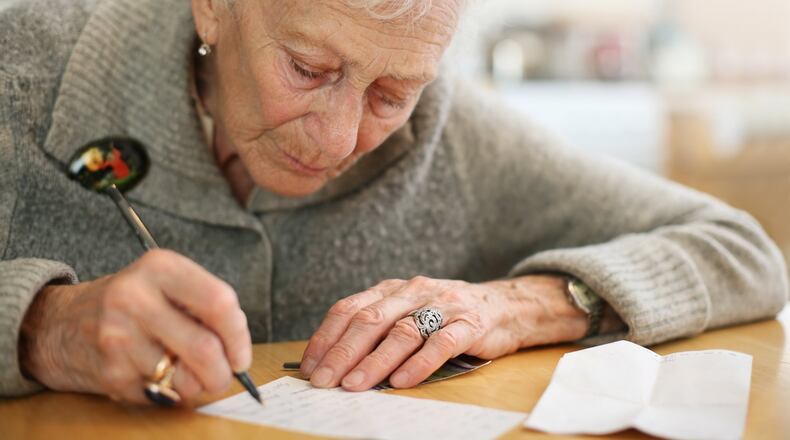Those statistics are contained in “A Profile of Older Americans: 2016,” a report recently released by the federal government’s Administration on Aging. Part of the U.S. Department of Health and Human Services, the agency updates various data annually from the U.S. Census Bureau, National Center for Health Statistics and other sources.
The nation’s 65-and-up population increased 30 percent from 2005 to 2015, compared to 5.7 percent for the rest of the population, and stood at 47.8 million. It is projected to more than double to 98 million by 2060. If you made it to age 65 in 2015, the government estimates you’ll live 18 years beyond that if you’re a man and 20.6 more years if you’re female.
AMONG OTHER DATA IN THE REPORT
— Minorities make up a steadily increasing percentage of the older population. They’ve increased from 18 percent of those 65 and older in 2005 to 22 percent in 2015, with projections that they will represent 28 percent in 2030.
— The percentage of older adults who are divorced or separated increased from 5.3 percent in 1980 to 14 percent in 2016.
— A relatively small number of people over age 65, just 3.1 percent, live in institutional settings such as nursing homes. The percentage living in such settings rises sharply with age, naturally, reaching 1 of every 11 people over age 85.
— In aggregate, older adults received 33 percent of their income from Social Security, 32 percent from earnings, 21 percent from pensions and 10 percent from assets. For one-third of Social Security recipients, their government retirement benefits made up at least 90 percent of their income.
— Labor force participation in the age group has increased throughout this century, so that 23.4 percent of men and 15.3 percent of women are either working or looking for work. Only about 3.8 percent of those over 65 who sought work were unemployed in 2016.
— While the official poverty rate of older adults was reported at 8.8 percent in 2015, the federal government also reports a Supplemental Poverty Measure designed to better reflect the status of the age group by taking greater account of their health expenses, regional housing costs and other factors. This supplemental measure placed their poverty level at 13.7 percent.
About the Author
